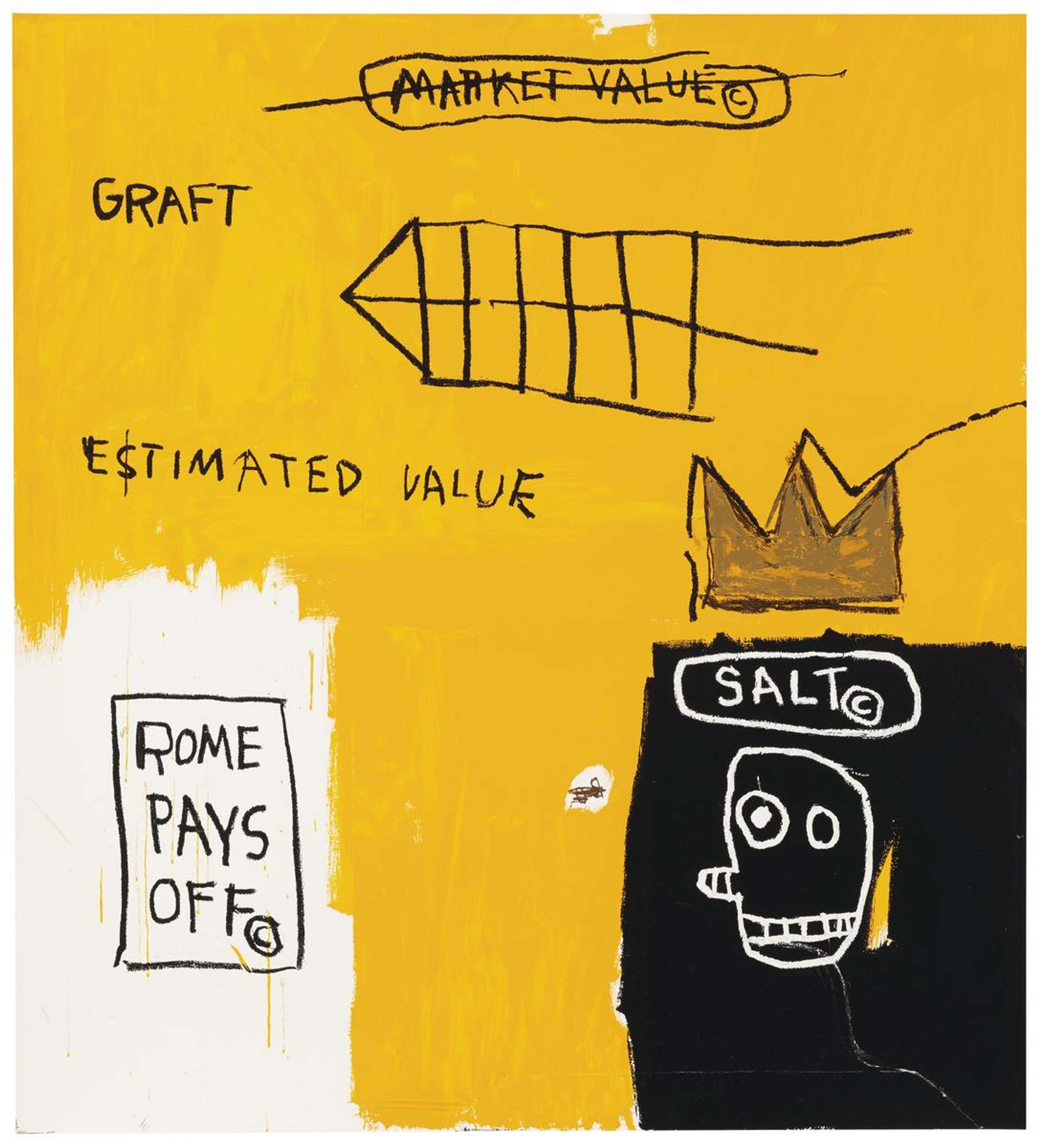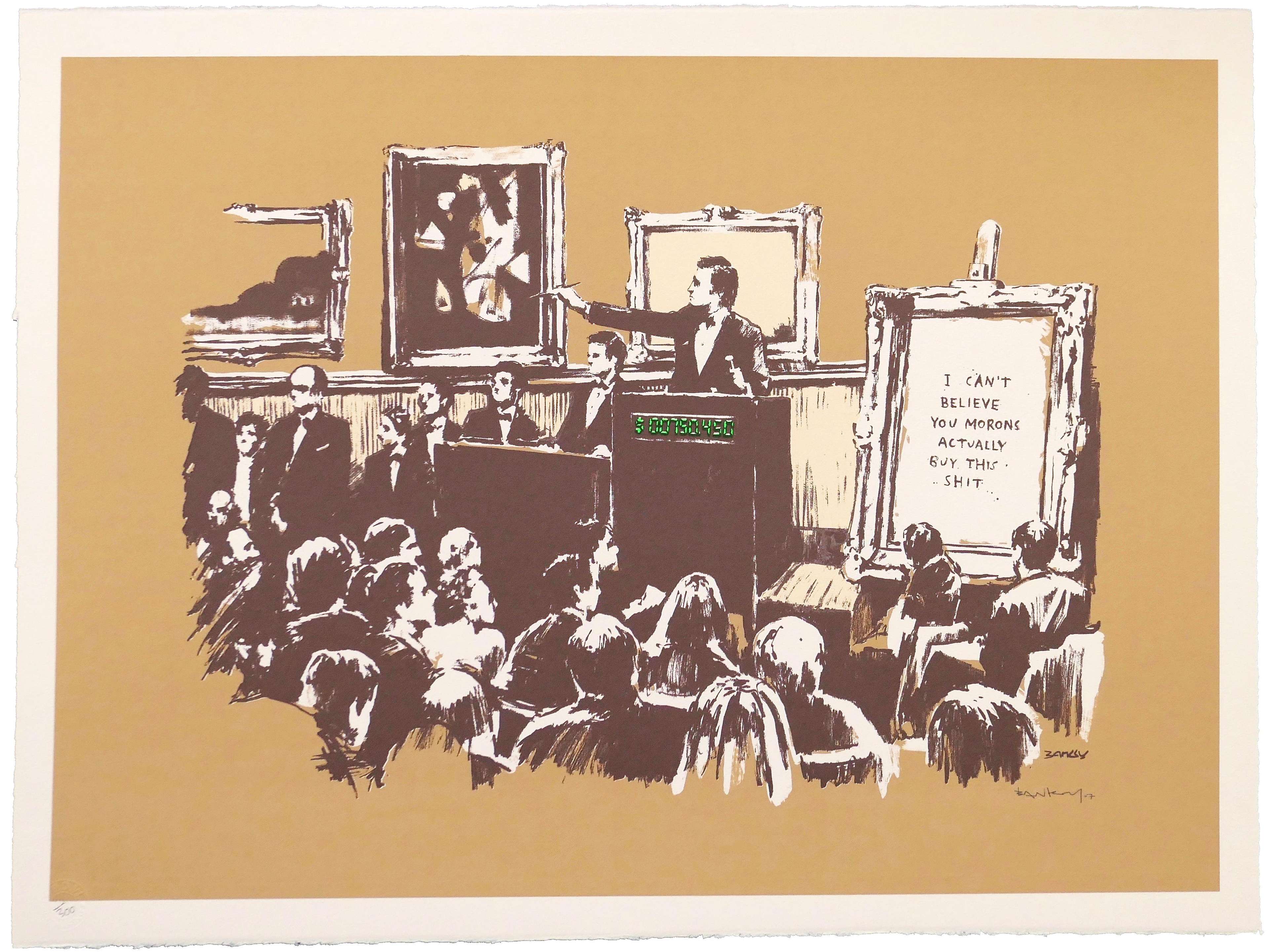Agnes Martin Value: Top Prices Paid at Auction

 On A Clear Day 18 © Agnes Martin 1973
On A Clear Day 18 © Agnes Martin 1973
Agnes Martin
32 works
Key Takeaways
Agnes Martin's market has shown exponential strength in recent years, with her current auction record of £13M set as recently as 2023 for Grey Stone II. While 2016-17 marked a significant period that established several of her top prices, six of her 10 highest results have been achieved since 2019, demonstrating growing collector confidence. The list is notably dominated by works from her mature period, with particular strength shown for pieces from prestigious collections such as Macklowe and Paul G. Allen. Her minimalist aesthetic and precise geometric compositions continue to command increasing attention in the contemporary market.
Agnes Martin (1912-2004) is known for her meditative abstract works, which have experienced notable market growth over the past decade. Though often associated with Minimalism, Martin's distinctive style transcends simple categorisation, incorporating elements of Abstract Expressionism, geometric precision, and her own interest in Zen Buddhism and Taoist philosophy. Works that best demonstrate her characteristic balance, harmony, and simplicity tend to fare best on the auction market, both in terms of original paintings and limited edition prints, with appreciation growing among collectors for pieces that exemplify her pursuit of transcendent beauty through subtle, and precise, variation.
£13.0M for Grey Stone II
($16,000,000)
 Grey Stone II © Agnes Martin 1961
Grey Stone II © Agnes Martin 1961Grey Stone II (1961) achieved Martin's current auction record when it sold at Sotheby's New York in November 2023. This early masterpiece, one of only five Martin paintings embellished with gold leaf, represents a crucial transitional period in Martin's career as she moved towards her mature abstract style; as such, it achieved almost exactly double its high estimate. It is a rare early example of both her “grid” painting style and her love of cornflower blue. The work was created shortly after Martinestablished her studio in a former sailmaking loft in lower Manhattan, where she developed her unique approach to geometry and materiality. The delicate balance between structure and luminosity in this particular painting marks a significant departure from her earlier, more representational works. Instead, it exemplifies Martin's calm and measured approach to making art, which stood in direct contrast with many of her contemporaries, such as Andy Warhol and Robert Rauschenberg.
£11.3M for Untitled No.44
($15,700,000)
 Untitled No.44 © Agnes Martin 1974
Untitled No.44 © Agnes Martin 1974Untitled No.44 (1974) almost doubled its high estimate when it sold at Sotheby's New York in November 2021, at what transpired to be a momentous auction evening for Martin’s work. The work dates from a particularly productive period following her return to painting after a seven-year hiatus - Martin had left New York abruptly in 1967 to travel in a campervan down to Cuba, New Mexico. Untitled No.44 is just one example of Martin’s subsequent exploration of horizontal bands, which occupied her work between 1974 and 2004. The painting’s popularity and success in 2021 are due to its being a symbol of Martin’s new beginning and evidence of her undiminished technical mastery.
£6.8M for Early Morning Happiness
($8,300,000)
 Early Morning Happiness © Agnes Martin 2001
Early Morning Happiness © Agnes Martin 2001Selling at Sotheby's New York in May 2022 as part of the prestigious Macklowe Collection, Early Morning Happiness (2001) represents one of Martin's last major works. Created when she was 89, just three years before her death, the painting demonstrates her unwavering commitment to precision and subtle variation, even in her final years. The colour palette of cornflower blue and pale yellow shows the influence of her New Mexico surroundings, contrasting with the more monochromatic work of her New York years. The piece achieved more than double its high estimate, reflecting both its exceptional provenance and the market's growing interest in later works that show the culmination of her contemplative artistic philosophy.
£6.5M for Orange Grove
($9,400,000)
 Orange Grove © Agnes Martin 1965
Orange Grove © Agnes Martin 1965Orange Grove (1965) achieved this significant result at Christie's New York in May 2016 a year that was pivotal for Martin’s market. The sale was a new record, exceeding the previous record, set in 2015 by Happy Valley (1967), by almost £3million. It was created during one of Martin’s most accomplished periods, during her time in her New York studio. Her “grid” painting style, with its captivating balance of mechanical perfection and human imperfection, was at its most developed. As the title suggests, Orange Grove is an example of Martin’s distinct ability to explore the raw emotive power of specific colours, even within strict geometric parameters.
£5.4M for Untitled No.13
($7,000,000)
 Untitled No.13 © Agnes Martin 1980
Untitled No.13 © Agnes Martin 1980This 1980 canvas sold at Sotheby's New York in May 2017, continuing the surge in Martin’s market since 2016. The work is one of Martin’s more colourful paintings, with a rare combination of green, blue, and red horizontal bands that feel almost bleached by the sun of New Mexico. By this time, Martin’s process had become more intuitive, with many of her near-perfect lines drawn without a ruler. 1980 was a prominent year for Martin, with a solo exhibition at Pace Gallery, New York, and an international spotlight at the Venice Biennale. Martin also turned down the chance of an exhibition at the Whitney Museum of American Art because she did not want a printed exhibition catalogue, fearing that critical interpretation would diminish her artworks’ effect.
£4.6M for Untitled No.6
($5,800,000)
 Untitled No.6 © Agnes Martin 1983
Untitled No.6 © Agnes Martin 1983Another significant 2016 moment was the sale of Untitled No.6 (1983) at Christie's New York in November - an example of Martin’s work at its most distilled. The painting features her signature pale palette and geometric precision, with horizontal bands in textured graphite that create a subtle rhythm across the canvas. Martin would often begin a new painting by sitting alone in her studio and clearing her mind, waiting for inspiration to strike, before precisely planning each line using mathematical equations. Despite Martin’s embrace of her isolated life in New Mexico, the work demonstrates her ability to concentrate human emotion and experience into abstract forms - reflecting the Taoist belief of nothingness as a source of potential.
£4.4M for Untitled
($5,000,000)
 Untitled © Agnes Martin 1999/2000
Untitled © Agnes Martin 1999/2000This late work from c.1999/2000 sold at Christie's New York in November 2022 as part of the landmark Paul G. Allen Collection. The painting demonstrates the subtle geometric divisions and pale palette that had become her hallmark, combining Martin’s usually mutually exclusive use of graphite and acrylic paint into one work. Its prestigious provenance, previously obtained directly from the artist in 2000 by David and Renze Nesbit, contributed significantly to its strong performance. The piece exemplifies Martin's belief that art should evoke emotional states rather than represent physical reality.
£4.3M for Untitled No.11
($5,300,000)
 Untitled No.11 © Agnes Martin 1985
Untitled No.11 © Agnes Martin 1985Another significant piece from the Macklowe Collection, Untitled No.11 (1985) achieved this result at Sotheby's New York in May 2022. It had remained in the Macklowe Collection since its original purchase from Pace Gallery in 1986, making it a relatively unknown work by Martin. Its apparent simplicity of composition, like all Martin’s work, embodies her pursuit of beauty and perfection that exist in the mind rather than the eye. In this way, Martin’s work captured the essence of her interpretation of Zen Buddhist teachings - that “simplicity is never simple,” that transcendence to a higher state of consciousness is possible through the universal beauty of art, and that mindfulness is key to creativity.
£3.8M for Untitled No.12
($4,800,000)
 Untitled No.12 © Agnes Martin 1981
Untitled No.12 © Agnes Martin 1981This 1981 canvas achieved its impressive result at Sotheby's New York in May 2019 as part of the distinguished Blema & H. Arnold Steinberg Collection. The 1980s were a time of renewed focus for Martin, and works such as this demonstrate her dedication to exploring subtle variations on career-long artistic themes. It therefore incorporates pale acrylic paint, coloured pencil, and graphite. Its strong provenance, including exhibition at the Guggenheim New York in 2017, contributed to its success.
£3.6M for Happy Valley
($5,500,000)
 Happy Valley © Agnes Martin 1967
Happy Valley © Agnes Martin 1967The final place on this list is also taken by the earliest auction result. Happy Valley (1967) sold at Christie’s New York in November 2015. This piece is a return to Martin’s characteristically subtle works from the 1960s, with a grid design so fine and delicate that it is barely visible at a distance. In this sense, its subtlety is the perfect culmination of her years of grid paintings before her seven-year hiatus. The work's title reflects Martin's interest in conveying states of happiness, beauty, and peace through abstract means, a pursuit that would define her entire career.





















